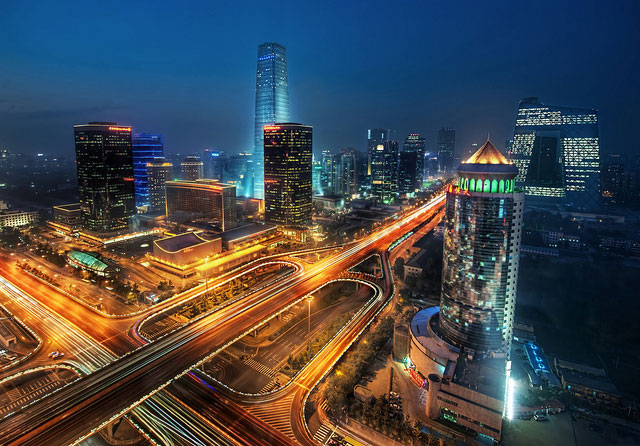China’s economy would bounce back over the next six months. It is predicted that the China’s economic growth rate would increase in June, 2016.

During the end of 2015, the analysis and the forecast of China’s economy trends of 2016 are well concerned by all circles, from which the speculations among the economic growth can be heard without end. According to the latest macro-economic data published by National Bureau of Statistics (NBS) yesterday, China’s economy may have already been on its way to recovery.
In the latest core data announced in December, industrial production achieved excellent performance. The economic decline over two months prior to December has been stopped as the added value of industries above a designated scale increased by 6.2% year-on-year and 0.58% month-on-month in December, according to the data. Besides, the areas of consumption also performed well. In December, the total retail sales of the social consumer goods achieved a record high during the last 10 months, with a increase of 11.2%.
In accord with the data from the NBS, the expectations from the economists on the China’s economy of 2016 showed optimism.
The economic growth rate, with a slight rise, would in a stable situation by the end of the next year, said Li Daokui, Director of Tsinghua University’s Research Centre for China and World Economy, in China Capital Growth Forum n 12th December, 2015.
According to Li Daokui, China’s economy has encountered with an extremely complex environment nowadays compared with that had been in the period of more than thirty years since the Reform and Opening-up. Internationally, China’s economic growth rate has bottomed out since 2009.
From the perspective of the international trade, there are a ton of reasons for the situation that the international trade growth rate of China always higher than the global growth rate over the past 30-plus years. Apart from the international trade protectionism, we should see that China’s economic slowdown has directly driven a number of consequences worldwide, including the rapidly disproportionate falling of the price of the staple commodity.
Li Daokui pointed out that the economic situation is still under the pressure of the downturn. The main causes are the decline of the development rate of the real estate and the growth rate of the fixed investments. The newly started projects growth rate was only 4% in H1, which is equivalent to the half the fixed investments growth rate. Moreover, there is a reversion recently in the local governments, as the government tended to compete with each other over the fixed investments and other investment projects in the past.
“But there will be a turn-back in the next six months, at least a short-term turn-back, that is to say, the growth rate would begin to move upward by the next June.” said Li Daokui.
According to Li Daokui, the reversion over the average property price around the country and the overall trading volume began in May, 2015; therefore the inventory is falling as a whole. There must be a reversion by the end of the next year, and then the rate of the real estate investment and development would move upward from the decline. Generally, the investment on the real estate development would account for 20% of the whole fixed investment.
Besides, the planned 3 trillion investments in the infrastructures has not fulfilled yet. “As 2016 is the first year of the 13th Five Year Plan, the government has completed the fully funded feasibility study with great effort, now it is applying itself on the project of house demolition, relocation, investments, and issuing tender, and according to what has been showed from the incomes, there would be some new tide of implementation among the approval fixed investments.”
What is noteworthy is that the policy of two-children may cause the first impact wave by the end of the next year. There would be 2 to 3 million births during the second half of the next year, which would drive up the GDP by about 0.2%.
Therefore, from what Li Daokui has concerned, the economic growth rate would be in a stable situation with a slight rise by the end of the next year, however, the labor pains of China’s economic transition would have to continue for one year more, meanwhile, to break through the difficulty of the transition, at least two years is necessary.
*This is a translated and re-edited version by CCM. The original article comes from www.cnchemicals.com/.
If you would like to know more about the China’s economy, please keep following us on CCM Perspective. We will keep updating everything about what you want to know about China.